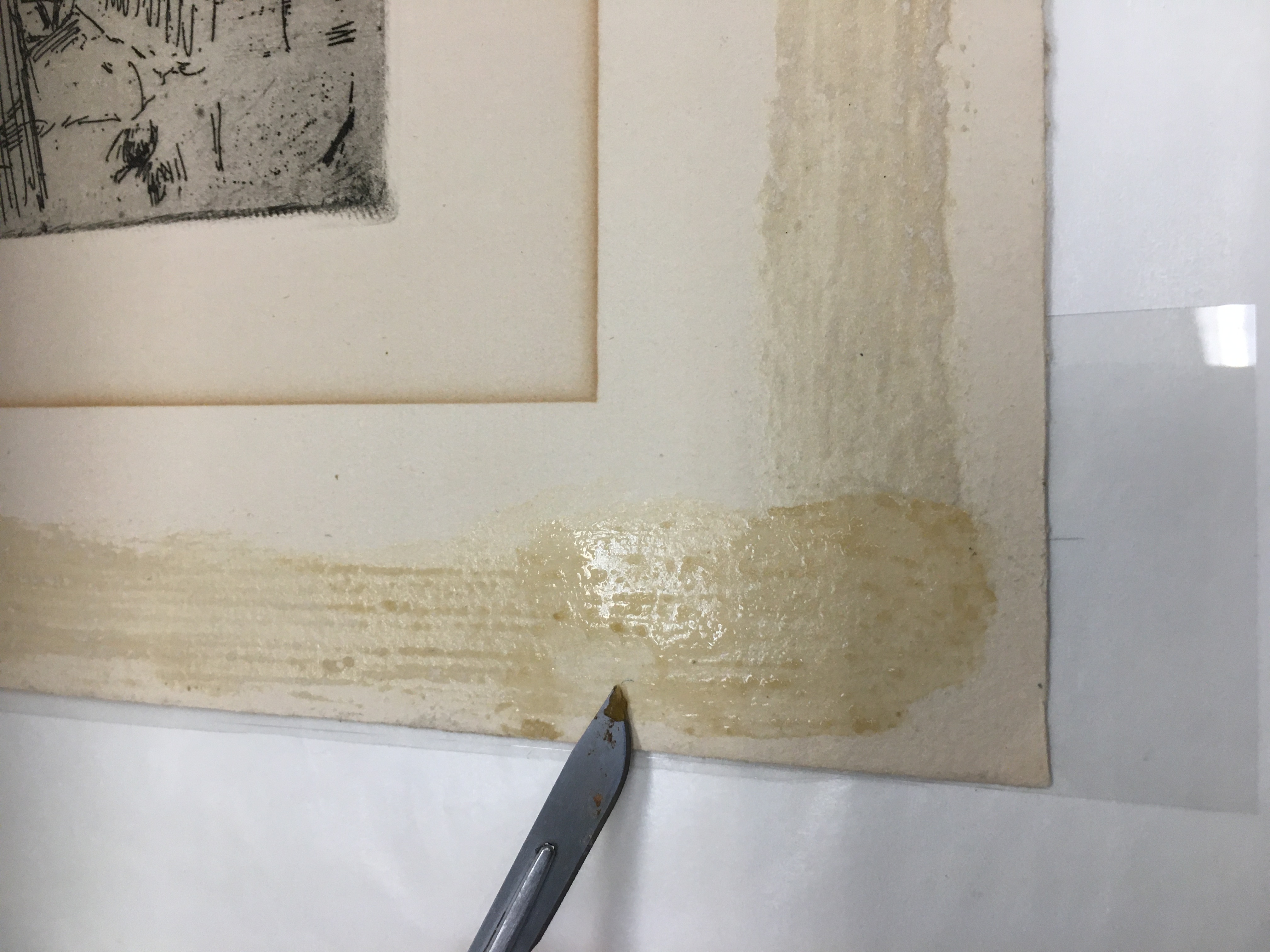- Events & Programs Home
- Calendar
- Accessibility
- Adults
-
Families & Teens
- Families & Teens Home
- 10x10 Teen Art Expo
- Art on the Rise
- Art Together: Art Making for Families with Children Ages 3–5
- Babies Sing with May Festival Minis
- Boy Scouts / Girl Scouts
- CAM Kids Day
- Family Storytime and Gallery Walk
- Family Studio: Art Making for Families with Children Ages 6–12
- Games in the Galleries
- Members-Only Baby Tours
- Public Baby Tours
- REC Reads
- Rosenthal Education Center (REC)
- Saturday Morning Art Class
- See Play Learn Kits
- Summer Camp
- Teen Fest: Zine and Comic Exchange
- RECreate
- Teachers
- Community Outreach
- Fundraisers
- Plan Your Own Event

- Events & Programs Home
- Calendar
- Accessibility
- Adults
-
Families & Teens
- Families & Teens Home
- 10x10 Teen Art Expo
- Art on the Rise
- Art Together: Art Making for Families with Children Ages 3–5
- Babies Sing with May Festival Minis
- Boy Scouts / Girl Scouts
- CAM Kids Day
- Family Storytime and Gallery Walk
- Family Studio: Art Making for Families with Children Ages 6–12
- Games in the Galleries
- Members-Only Baby Tours
- Public Baby Tours
- REC Reads
- Rosenthal Education Center (REC)
- Saturday Morning Art Class
- See Play Learn Kits
- Summer Camp
- Teen Fest: Zine and Comic Exchange
- RECreate
- Teachers
- Community Outreach
- Fundraisers
- Plan Your Own Event
Blog: CAM Uncovered
Blog: CAM Uncovered
- Home
- Plan Your Visit
- Art
-
Events & Programs
- Events & Programs Home
- Calendar
- Accessibility
- Adults
-
Families & Teens
- Families & Teens Home
- 10x10 Teen Art Expo
- Art on the Rise
- Art Together: Art Making for Families with Children Ages 3–5
- Babies Sing with May Festival Minis
- Boy Scouts / Girl Scouts
- CAM Kids Day
- Family Storytime and Gallery Walk
- Family Studio: Art Making for Families with Children Ages 6–12
- Games in the Galleries
- Members-Only Baby Tours
- Public Baby Tours
- REC Reads
- Rosenthal Education Center (REC)
- Saturday Morning Art Class
- See Play Learn Kits
- Summer Camp
- Teen Fest: Zine and Comic Exchange
- RECreate
- Teachers
- Community Outreach
- Fundraisers
- Plan Your Own Event
- Give & Join
- About
- Tickets
- Calendar
- Exhibitions
- Collections
- Blog
- Shop
Behind the Scenes in Conservation: Busy Hands in Paper Conservation
by Conservation
9/30/2021
CAMConservation , paper conservation , Robert Frederick Blum
One of the many gifts to the museum from Robert Blum’s sister in 1905 is this etching of young Italian women bent over their work titled Busy Hands. It had previously been glued to a window mat. When the mat was removed it left behind thick residues of yellow animal glue and acid stains, visible in the detail of the bottom left of the print. The paper conservator used enzymes that attack proteins (the brown liquid in the beaker) to break down the glue.

As the warm enzyme solution softened the glue, the conservator was able to lift it with a scalpel. A rigid gel poultice placed over glue that remained embedded in the paper pulled out more of the adhesive without the mechanical action from the scalpel that could abrade the paper surface.

The next step in the treatment was to reduce acids and discoloration in the paper that was caused by contact with the acidic mats in the past. The picture shows on the left a tray of water that turned yellow as the print released degradation products, and on the right the print in a bath of fresh water. After several baths in different washing solutions, the curator and conservator decided that the paper color was acceptable.

While treatment could have continued with local bleaching to remove the mat burn, subjecting the paper to further chemical treatment was deemed unnecessary because the new window mat covers the stain. The print is now on its way to the Smithsonian Museum of American Art in Washington, D.C. with three other Cincinnati Art Museum pieces for exhibit in Sargent, Whistler, and Venetian Glass: American Artists and the Magic of Murano.

Robert Frederick Blum (American, b.1857, d.1903), Busy Hands, 1885, etching on paper, Gift of Henrietta Haller, 1905.47
Cincinnati, OH 45202
Toll Free: 1 (877) 472-4226
Museum Hours
Museum Shop
Terrace Café
Library
Cincinnati Art Museum is supported by the tens of thousands of people who give generously to the annual ArtsWave Campaign, the region's primary source for arts funding.

Free general admission to the Cincinnati Art Museum is made possible by a gift from the Rosenthal Family Foundation. Exhibition pricing may vary. Parking at the Cincinnati Art Museum is free.
Generous support for our extended Thursday hours is provided by Art Bridges Foundation’s Access for All program.

General operating support provided by:



